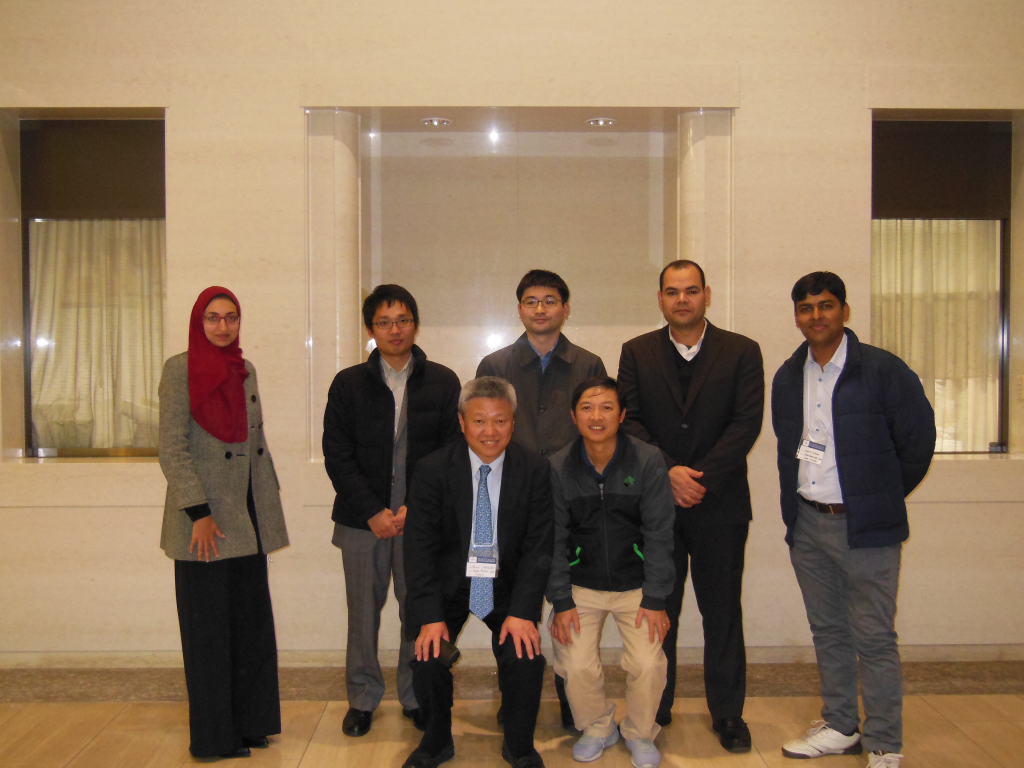Journal: Antimicrobial Agents and Chemotherapy (American Society for Microbiology)
Title: Salmonella genomic island 3 is an integrative and conjugative element and contributes to copper and arsenic tolerance of Salmonella enterica.
Authors: Nobuo Arai, Tsuyoshi Sekizuka, Yukino Tamamura, Masahiro Kusumoto, Atsushi Hinenoya, Shinji Yamasaki, Taketoshi Iwata, Ayako Watanabe-Yanai, Makoto Kuroda and Masato Akiba*
Abstract: Salmonella genomic island 3 (SGI3) was first described as a chromosomal island in Salmonella 4,[5],12:i:-, a monophasic variant of Salmonella enterica subsp. enterica serovar Typhimurium. The SGI3 DNA sequence detected from Salmonella 4,[5],12:i:- isolated in Japan was identical to that of a previously reported one across entire length of 81 kb. SGI3 consists of 86 open reading frames, including a copper homeostasis and silver resistance island (CHASRI) and an arsenic tolerance operon in addition to genes related to conjugative transfer and DNA replication or partitioning, suggesting that the island is a mobile genetic element. We successfully selected transconjugants that acquired SGI3 after filter mating experiments using the S. enterica serovars Typhimurium, Heidelberg, Hadar, Newport, Cerro, and Thompson as recipients. Southern blot analysis using I-CeuI-digested genomic DNA demonstrated that SGI3 was integrated into a chromosomal fragment of the transconjugants. PCR and sequencing analysis demonstrated that SGI3 was inserted into the 3′ end of the tRNA genes pheV or pheR The length of the target site was 52 or 55 bp, and a 55-bp attI sequence indicating generation of the circular form of SGI3 was also detected. The transconjugants had a higher MIC against CuSO4 compared with the recipient strains under anaerobic conditions. Tolerance was defined by the cus gene cluster in the CHASRI. The transconjugants also had distinctly higher MICs against Na2HAsO4 compared with recipient strains under aerobic conditions. These findings clearly demonstrate that SGI3 is an integrative and conjugative element and contributes to the copper and arsenic tolerance of S. enterica.




